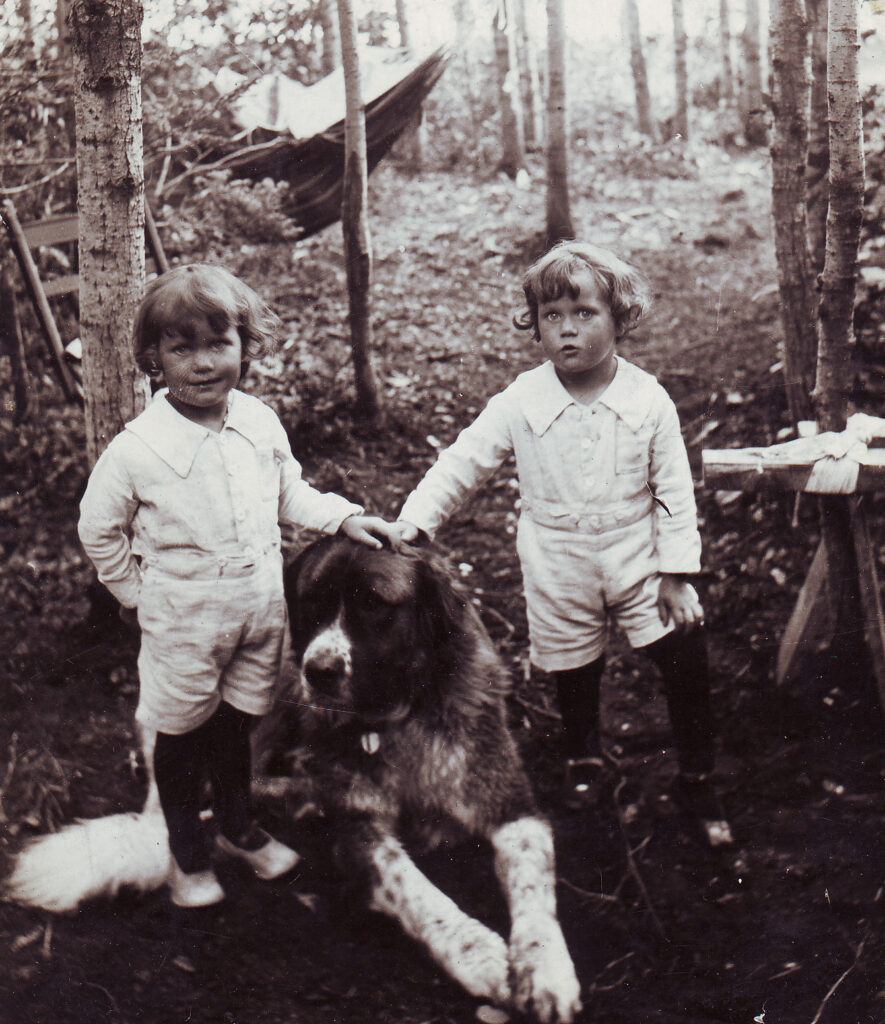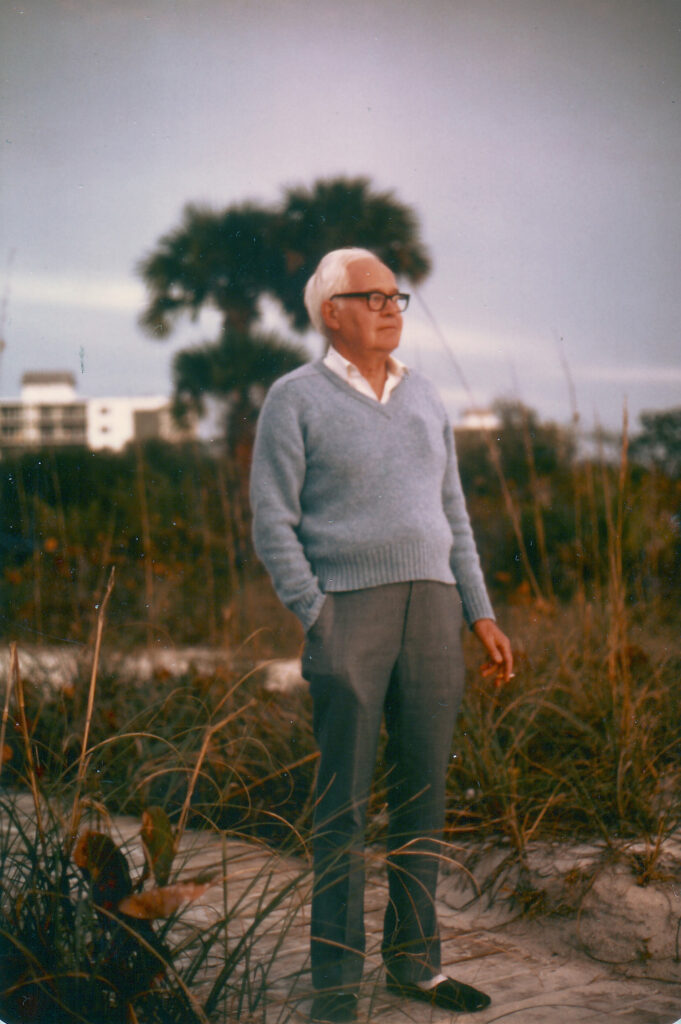My father, James Drummond Hamilton, was born 100 years ago this week, on Sept. 27,1915. The son of Winnipeg physician Thomas Glendenning (T.G.) Hamilton and of Lillian (Forrester) Hamilton, Jim had an identical twin, Arthur. In photos, the twins were always together, usually dressed similarly.
In February, 1919, the influenza epidemic that was sweeping the world hit the Hamilton household. Jim lost his right eardrum as a result of the flu and was deaf in that ear for the rest of his life. He also lost his twin brother.

Dad didn’t talk about his childhood often, but he told me that his happiest childhood memories were of summers spent at the family cottage on Lake Winnipeg. Undoubtedly, the most unusual aspect of his childhood was the fact that his parents spent many evenings attending séances in the family’s home. Meeting with a medium and a small group of friends, they watched tables rise into the air on their own and they tried to communicate with deceased individuals. This didn’t frighten Jim, but perhaps his school friends teased him about it.
Jim was a very good student, and he graduated from the University of Manitoba in 1937 with a degree in physics. In 1938, he received an M.A. in physics, mathematics and chemistry from the University of Toronto.
When World War II broke out, he wanted to enlist but, despite strong character references, he was rejected several times because of his perforated ear drum and poor eyesight. Finally the military changed its medical requirements and he became eligible for service, but by that time he was making documentaries for the National Film Board of Canada, including a public health film on the transmission and treatment of venereal disease.
He met my mother, Joan Murray Smith, in Ottawa and they were married in 1946. They then moved to London, Ontario, where my father did cancer research at the University of Western Ontario and obtained a PhD in Medical Research. About the time I started kindergarten, Dad made another career move and enrolled in medical school. Eventually our family moved to Montreal and my father opened his own office in the Westmount Medical Building.
He enjoyed being a family doctor, partly because he liked people. Many of his patients were elderly and they appreciated the fact that he would make house calls. But his real passion was for the theory he called triads. He thought about it and talked about it constantly.

He said that the theory he developed in collaboration with John Q. Stewart, a retired astrophysicist from Princeton University, explained problem solving by humans — and all animals — as a two-step process: first, P, the path to the goal, and second, F, the exchange of material, such as food or waste. He created the term merge, M, to describe mental ideas and images, which are formed by the interaction between P and F. He spent months with his slide-rule, working out a mathematical equation of his theory, then many more years at the typewriter, describing his ideas and their applications.
His biggest disappointment in life was probably that most people could not understand this theory (especially the math), nor could he convince many people of its significance. On April 15, 1980, he wrote to a friend that he had been reading philosophy and was planning to rewrite his triads paper from a different perspective. Two days later, he suffered a fatal heart attack.
His ashes are buried in Winnpeg, beside his twin’s grave.
